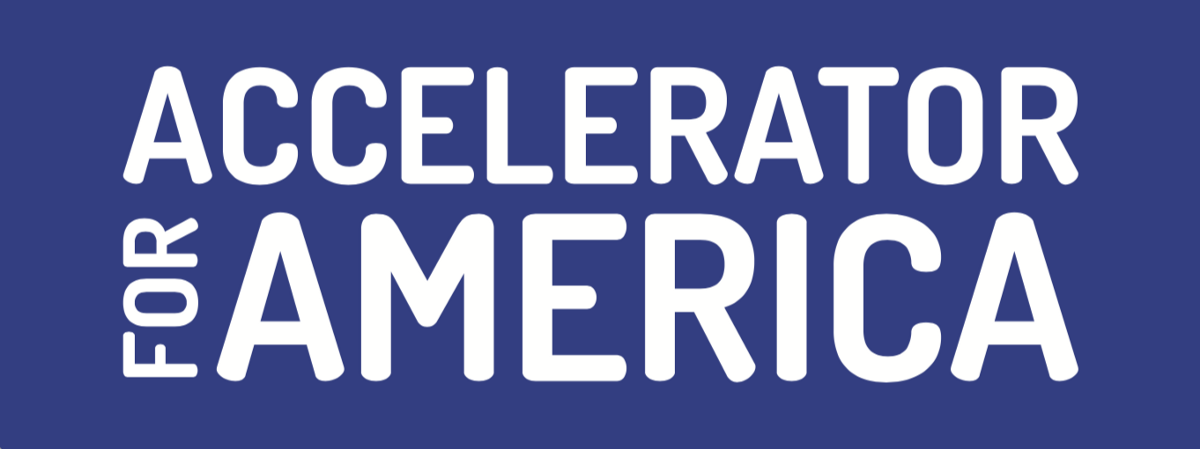Mayor Pete Buttigieg: Coming Back Strong
For decades, life in my hometown of South Bend, Indiana was shaped by the hollowing out of the city's industrial base. Studebaker's manufacturing jobs had put us on the map, but when the company collapsed in 1963, it threw the city into economic shock overnight. Over the next 50 years, our region was hammered by global economic and technological change as well as the 2008 recession. By 2011, Newsweek had declared South Bend one of 10 of "America's dying cities."
But today, we’re coming back strong.
Our residents, community partners, and city government have summoned new kinds of creativity and energy and taken South Bend to a new level of dynamism and optimism. And now, in partnership with Accelerator for America, we’re working to drive inclusive economic growth by using an imaginative approach to Opportunity Zones, or "O-Zones.”
Opportunity Zones are census tracts designated for tax incentives as part of the recent tax reform bill, for the purpose of attracting investment in local businesses and communities. Typically, these are areas where a lack of capital for local business has hindered economic growth. Yet these areas have the potential for tremendous improvement, if early-stage businesses can secure funding to get off the ground. For that reason, O-Zones encourage area lenders to invest locally.
In South Bend, the selection of Opportunity Zone areas looks toward harnessing our strengths as an engine of growth. For example, the largest private employer in our region, the University of Notre Dame, employs some 5,802 workers and spends over $200 million on research each year. Moreover, the university has more than doubled its spending in this region since 2006 and has positioned itself as a leader in technological development. Notre Dame has concentrated its investment in two technology parks in the community. Innovation Park holds 29 startup companies, 15 of which have secured external equity backing. Ignition Park is home to the $36 million Turbo Machinery Lab, a leading center of aerospace industry research. Thus, Notre Dame constitutes a crucial leader in South Bend's investment ecosystem, both building up native businesses while also attracting national interest and funding.
Our city’s planners recognized the opportunity to link the economic productivity of work taking place at and around Notre Dame, with opportunities to invest in low-income areas around the old industrial corridors of the city. The result is a contiguous stretch of four census tracts making up our Opportunity Zone, stretching from the university area through our central business district into our fast-transforming industrial zone.
The District spans nearly the entirety of South Bend's downtown, where residents and planners alike have long noted the need for additional housing and business investment. Importantly, the District also either encompasses or is proximate to five of our city's largest employers, including Notre Dame. Already, roughly ten entities within the CBD and Innovation District have secured significant venture capital funding. Area businesses have invested $50 million into the region, and an additional $50 million has been planned for real estate development. Because of this new and methodical approach to O-Zone planning, the area is primed for significant growth.
We’re going to nurture that growth by engaging with stakeholders both inside and outside of the city. We’re in the beginning stages of developing a master plan for the district's future, which will guide outreach to potential outside investors. We also recognize the importance of Notre Dame as a community partner, and representatives of the university will serve as key leaders in working group discussions over the path forward in the CBD and Innovation District. We’re already discussing a variety of other initiatives, including the establishment of a predevelopment fund and analysis regarding the viability of potential local retail and commercial units.
As we further experiment with new ideas and refine our approach to economic development, we hope other cities can learn from ideas that have succeeded in South Bend, and vice versa. Now – perhaps more than ever – cities have to lead for their own people, and have to engage with each other to create progress at scale. The end result, we believe, will be a faster and more inclusive pattern of growth and, yes, opportunity for all South Bend residents.

